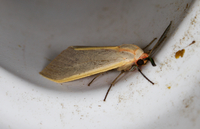
| Recorded by: Jim Petranka, Mark Basinger and Becky Elkin on 2025-08-02
Richmond Co.
Comment: | 
| Recorded by: David George, Jeff Niznik, Rob Van Epps, Kevin Metcalf on 2025-07-20
Richmond Co.
Comment: |
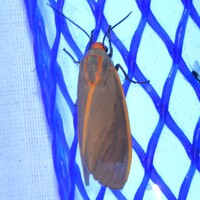
| Recorded by: David George, Jeff Niznik, Rob Van Epps, Kevin Metcalf on 2025-07-20
Richmond Co.
Comment: | 
| Recorded by: Jeff Niznik, David George, Larry Chen, Sarah Toner, Joye Zhou on 2025-06-20
Richmond Co.
Comment: |

| Recorded by: Allison Garton on 2025-05-24
Moore Co.
Comment: | 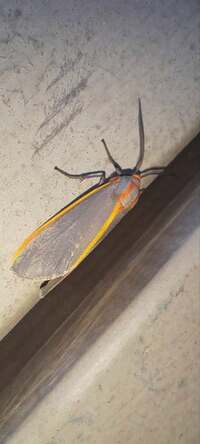
| Recorded by: Allison Garton on 2025-05-24
Moore Co.
Comment: |
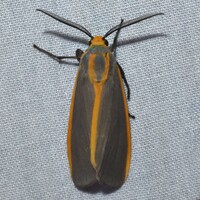
| Recorded by: David George, Jeff Niznik, Jim Petranka, Becky Elkin on 2025-05-24
Richmond Co.
Comment: | 
| Recorded by: David George, Jeff Niznik, Jim Petranka, Becky Elkin on 2025-05-24
Richmond Co.
Comment: |
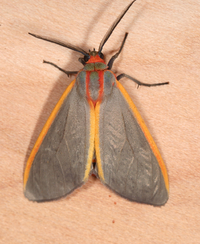
| Recorded by: Jim Petranka, David George, Jeff Niznik on 2025-05-24
Richmond Co.
Comment: | 
| Recorded by: David George, Jeff Niznik on 2025-05-24
Richmond Co.
Comment: |

| Recorded by: David George, Jeff Niznik on 2025-05-24
Richmond Co.
Comment: | 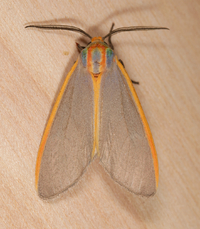
| Recorded by: Jim Petranka and Becky Elkin on 2025-05-23
Richmond Co.
Comment: |

| Recorded by: Jim Petranka and Becky Elkin on 2025-05-23
Richmond Co.
Comment: | 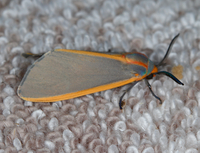
| Recorded by: Jim Petranka and Bo Sullivan on 2023-06-13
Scotland Co.
Comment: |
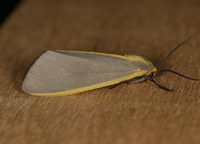
| Recorded by: Jim Petranka, Bo Sullivan, and Steve Hall on 2022-07-25
Scotland Co.
Comment: | 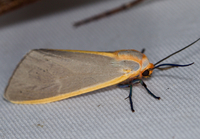
| Recorded by: Jim Petranka, Bo Sullivan, and Steve Hall on 2022-07-24
Moore Co.
Comment: |
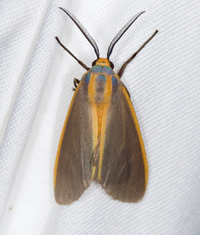
| Recorded by: Jim Petranka and Bo Sullivan on 2021-08-09
Moore Co.
Comment: | 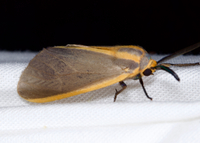
| Recorded by: Jim Petranka and Bo Sullivan on 2021-08-09
Moore Co.
Comment: |
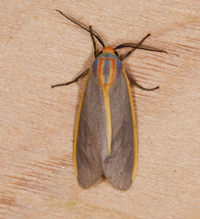
| Recorded by: Jim Petranka and Bo Sullivan on 2021-08-09
Scotland Co.
Comment: | 
| Recorded by: Jim Petranka, Bo Sullivan and Steve Hall on 2021-06-08
Moore Co.
Comment: |

| Recorded by: Jim Petranka, Bo Sullivan and Steve Hall on 2021-06-08
Moore Co.
Comment: | 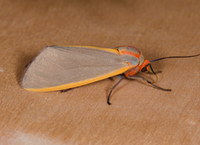
| Recorded by: Jim Petranka, Bo Sullivan and Steve Hall on 2021-06-08
Scotland Co.
Comment: |
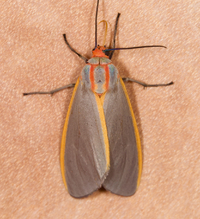
| Recorded by: Jim Petranka, Bo Sullivan and Steve Hall on 2021-06-08
Scotland Co.
Comment: | 
| Recorded by: M. Prinz on 2018-06-08
Moore Co.
Comment: |

| Recorded by: M. Prinz on 2018-06-08
Moore Co.
Comment: | 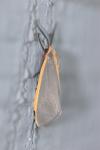
| Recorded by: NEW on 2012-05-15
Moore Co.
Comment: |
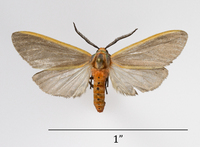
| Recorded by: SPH on 2009-06-24
Richmond Co.
Comment: Male; wingspan = 3.2 cm; forewing length = 1.4 cm |

 »
»



 »
»

